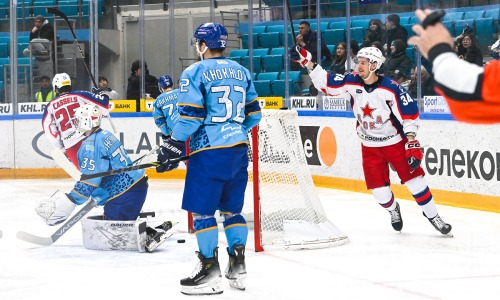MOSCOW (Reuters) -Russia’s defence minister on Wednesday ordered a hike in weapons production and said deliveries needed to be faster for the war in Ukraine, a week after U.S. President Joe Biden signed off on tens of billions of dollars of new military aid for Kyiv.
President Vladimir Putin’s 2022 invasion of Ukraine touched off the worst breakdown in relations between Russia and the West since the 1962 Cuban Missile Crisis, according to Russian and U.S. diplomats.
Biden on April 24 signed a bill into law that provides $61 billion in additional aid to Ukraine, including an array of artillery, rocket systems, anti-tank munitions and ammunition.
Russia is gradually advancing at key points along the 1,000-km (620 mile) front line and stated that U.S. arms will not prevent victory by Moscow, but some Russian officials are concerned that the U.S. support will escalate the conflict.
At a meeting with the top military brass in charge of what Moscow calls the “special military operation” in Ukraine, Defence Minister Sergei Shoigu said the volume, quality and speed of arms production needed to be increased.
“To maintain the required pace of the offensive …, it is necessary to increase the volume and quality of weapons and military equipment supplied to the troops, primarily weapons,” Shoigu said in footage released by the defence ministry.
Shoigu, who was shown inspecting drones and other weapons and giving his own thoughts on improvements, said industrial enterprises had been ordered to reduce production time while repair units at the front, in Ukraine’s east and south, and at the rear had been told to improve their efficiency.
The chief of the Russian general staff, General Valery Gerasimov, who is in charge of the military campaign in Ukraine, delivered a report to Shoigu on the current state of operations.
With both the West and Russia upping their stakes in the war with billions of dollars in further arms, the stage is set for a third year of the grinding artillery and drone battles that have typified the deadliest conflict in Europe since World War Two.
Russia now controls about 18% of Ukraine and has been gaining ground since the failure of Kyiv’s 2023 counter-offensive to make any serious inroads against Russian troops dug in behind deep minefields.
U.S. AND RUSSIA
U.S. Central Intelligence Agency Director William Burns warned last month that without more U.S. military support Ukraine could lose on the battlefield, but that with support Kyiv’s forces could hold their own this year.
Whether or not Ukraine can recover the territory that Russia has taken, though, is less clear.
Russia’s ability to recruit hundreds of thousands of relatively well-paid contract soldiers and ramp up weapons production has surprised the United States and its allies in the NATO military alliance.
Russia’s army is now 15% larger than before the invasion, the command has adapted fast to the innovative challenges of the battlefield and Russia will manufacture more artillery this year than all of NATO’s 32 members combined, General Christopher Cavoli, the head of U.S. European Command, said last month.
Ukrainian President Volodymyr Zelenskiy said on Monday that vital U.S. weapons were starting to arrive in Ukraine in small amounts, but that deliveries needed to be faster as advancing Russian invasion forces were trying to take advantage.
Ukraine is facing advancing troops northwest of the town of Avdiivka, which fell to Russia in February, and around the town of Chasiv Yar, which Kyiv’s top commander says Moscow wants taken by May 9, Russia’s World War Two victory anniversary.
Russia is grappling with Ukrainian drone strikes on its oil refining industry deep inside Russia and missile attacks using U.S. weaponry on Crimea, which Russia annexed from Ukraine in 2014 and now considers to be part of Russia.
Russian officials said Ukraine had attacked Crimea with U.S.-produced Army Tactical Missile Systems (ATACMS) over recent days in an attempt to pierce Russian air defences, before targeting Russian military installations there.
(Reporting by Guy Faulconbridge and Lidia Kelly; Editing by Jacqueline Wong, Clarence Fernandez and Mark Heinrich)












